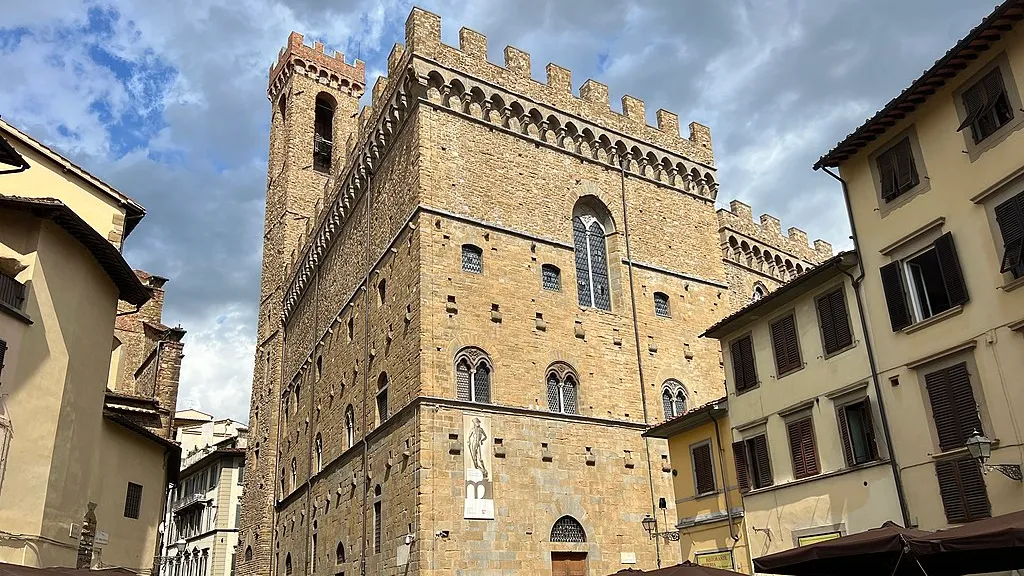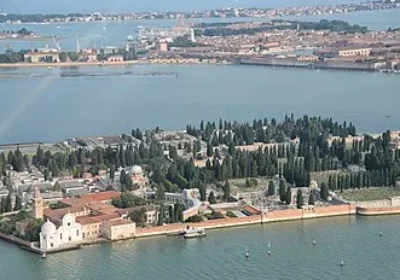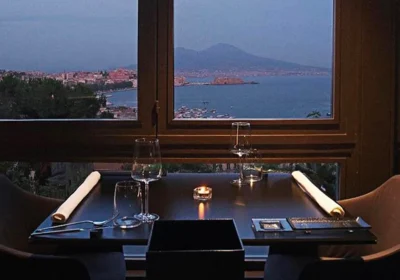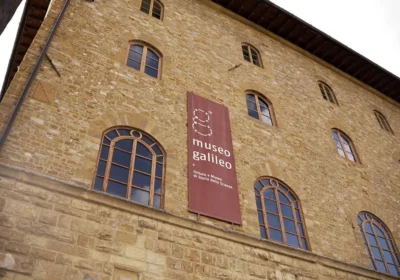The National Museum of Bargello.
The Bargello Castle near Piazza della Signoria is home to Italy’s first museum of medieval and Renaissance art, established in 1865 by decree of King Victor-Emmanuel II.
From the 13th century, the building served as the residence of the Podesta, head of the city administration and chief magistrate of Florence, before becoming the Palace of Justice and a prison. Prisoners were tortured in the cellars and convicts were executed in the courtyard.
The name Bargello comes from the Lombard dialect word barigildus, meaning “judge, chief of the guard”. The main focus of the museum is sculpture and arts and crafts.
After the redevelopment of the city at the end of the IXX century, the art treasures of many demolished buildings and churches were brought here. The museum’s halls display statues, statuettes, bas-reliefs and medals that make up the glory and pride of Italian art.
The visitor is greeted by “David”, one of the first works of Donatto di Nicolo di Betto Bardi, famous as Donatello.
The statue was moved here from the Signoria Hall, where it symbolised the victory of reason and freedom over the cruelty of tyranny. Andrea Verocchio, Donatello’s pupil and Leonardo’s teacher, continued the Florentine favourite theme of the battle between the young shepherd boy and the giant Goliath. At the feet of the victor lies the severed head of the giant, from the hole in his forehead once ran a stream of water.
Znatokov is also delighted by “Lady with a Bouquet of Violets”: flower petals and folds of translucent fabric look natural, through it the sensual shapes of a perfect body. He bears little resemblance to his glamorous predecessors; he is a muscular guy, hardened by the struggle with wild beasts and harsh nature. He clearly doesn’t need God’s help to defeat the enemy.
Benvenuto Cellini’s marvellous marble and bronze sculptures remain to this day unrivalled models for sculptors, foundrymen and engravers the world over.His “Minerva”, “Mercury”, “Ganymede” and “Narcissus” are the jewels of the Museo del Bargello’s collection.
Alongside in separate rooms are works by Antonio da Sangallo, Bartolomeo Ammanati, Alessandro Algardi and Danese Cattaneo.
Open all days

















